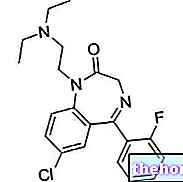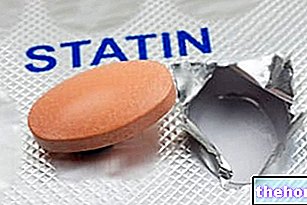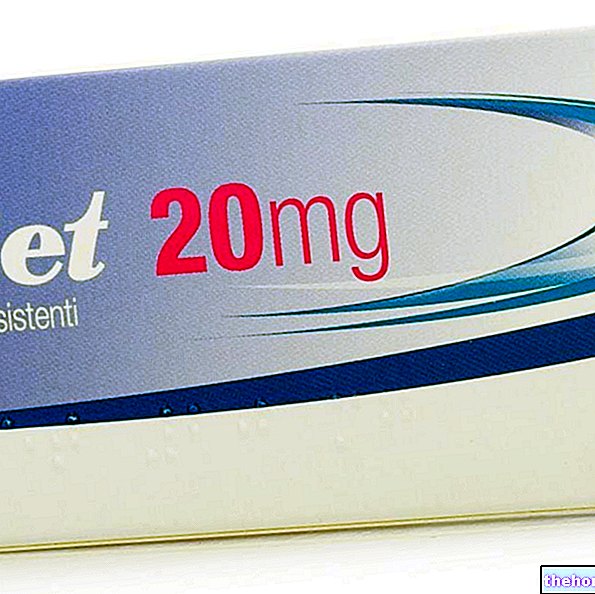
What is Moventig and what is it used for?
Moventig is a medicine used in adults to treat constipation caused by pain relieving medicines called opioids. It is used in patients whose laxative treatment has failed. Moventig contains the active substance naloxegol.
How is Moventig used - naloxegol?
Moventig is available as tablets (12.5 and 25 mg). The recommended dose is one 25 mg tablet per day. A lower starting dose of 12.5 mg may be prescribed for patients with moderate or severe renal insufficiency or who are taking other medicines that may enhance the effects of Moventig. You must stop taking laxatives before starting treatment with Moventig. The medicine can only be obtained with a prescription.
How does Moventig - naloxegol work?
Opioids relieve pain by binding to "opioid receptors" in the brain and spinal cord. However, these receptors are also found in the intestine and when opioids bind to receptors in the gastrointestinal tract, they reduce bowel movement and can cause constipation. The active substance in Moventig, naloxegol, is a peripheral antagonist of mu opioid receptors. This means that it binds to a specific type of opioid receptor called the "mu opioid receptor" and prevents opioids from binding to those receptors. Naloxegol is a derivative of naloxone, a known substance used to block the action of opioids. Naloxegol penetrates the central nervous system to a limited extent compared to naloxone, ie it can block the mu opioid receptors in the gut, but less in the brain. By blocking the receptors in the intestinal tract, Moventig reduces constipation due to opioids, without interfering with the opioids. analgesic effects.
What benefit has Moventig - naloxegol shown during the studies?
In two main studies, Moventig was shown to be effective in treating constipation in adult patients with an inadequate response to laxatives. The studies involved 1,352 adults with constipation caused by opioids used to treat non-cancer pain, half of whom had an inadequate response to laxatives. Patients were given Moventig (12.5 and 25 mg dose) or placebo (a dummy treatment) for 12 weeks. Response to treatment was based on an improvement in the number of spontaneous bowel movements per week that had to be maintained for most of the study duration. Analyzing the results of the two studies together, 48% (115 out of 241) of adult patients with a previous inadequate response to laxatives given 25 mg of Moventig responded to treatment, compared with 30% (72 out of 239) in adults treated with placebo. Among adult patients who took 12.5 mg of Moventig and who had an inadequate response to laxatives, 43% (102 out of 240) responded to treatment.
What is the risk associated with Moventig - naloxegol?
The most common side effects with Moventig (which may affect more than 5 in 100 people) are abdominal pain (stomach pain), diarrhea, nausea (feeling sick), headache and flatulence. In most cases, gastrointestinal adverse reactions were classified as mild to moderate in severity, arose at the start of treatment and improved with continued therapy. Moventig should not be given to patients with gastrointestinal obstruction or at high risk of gastrointestinal obstruction (intestinal blockage) or to patients with cancer who are at increased risk of gastrointestinal perforation (a hole in the wall of the intestine). It must also not be used together with certain medicines that affect the way Moventig is absorbed by the body. For the full list of reported side effects and limitations concerning Moventig, see the package leaflet.
Why has Moventig - naloxegol been approved?
The Agency's Committee for Medicinal Products for Human Use (CHMP) decided that Moventig's benefits are greater than its risks and recommended that it be approved for use in the EU. The CHMP considers that Moventig has shown clinically relevant benefit. when used in adult patients with an inadequate response to previous laxative treatments. Although no studies have been conducted in patients with cancer-related pain, based on the mechanism of action of this medicine, the benefits for such patients are not expected to differ. but security must be carefully monitored. In terms of safety, the side effects were either acceptable or manageable.
What measures are being taken to ensure the safe and effective use of Moventig - naloxegol?
A risk management plan has been developed to ensure that Moventig is used as safely as possible.Based on this plan, safety information has been added to the summary of product characteristics and package leaflet for Moventig, including the appropriate precautions to be followed by healthcare professionals and patients. Further information can be found in the summary of the risk management plan.
Other information about Moventig - naloxegol
On 8 December 2014, the European Commission issued a "Marketing Authorization" for Moventig, valid throughout the European Union. For more information on Moventig therapy, read the package leaflet (included with the EPAR) or consult your doctor. or the pharmacist. Last update of this summary: 12-2014.
The information on Moventig - naloxegol published on this page may be out of date or incomplete. For a correct use of this information, see the Disclaimer and useful information page.






-e-sali.jpg)
















-nelle-carni-di-maiale.jpg)




